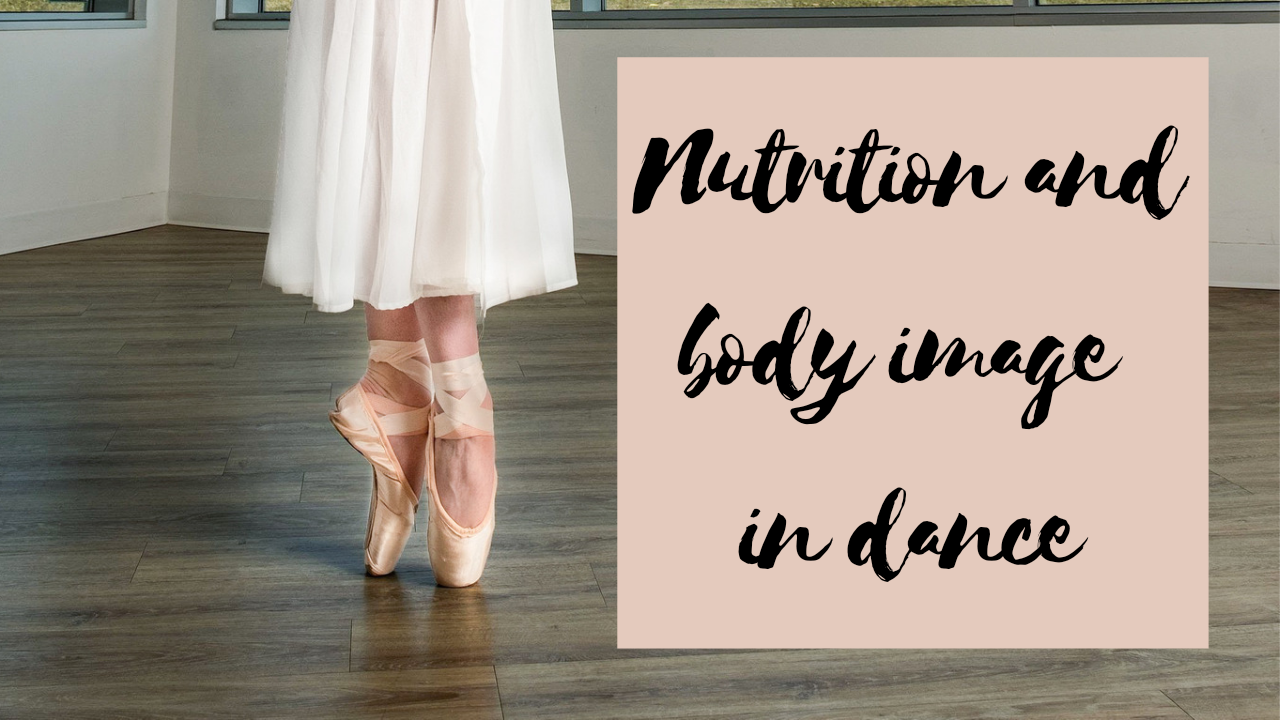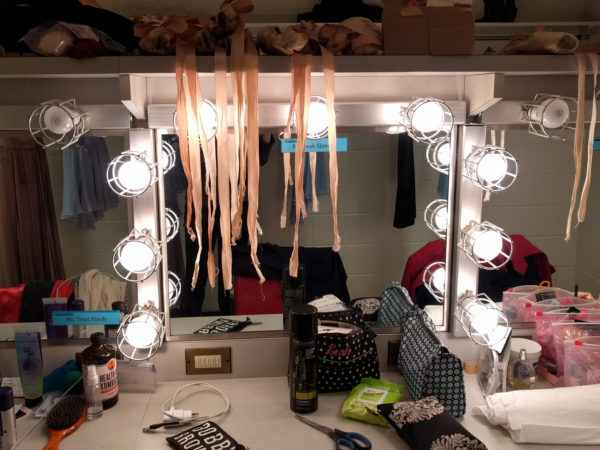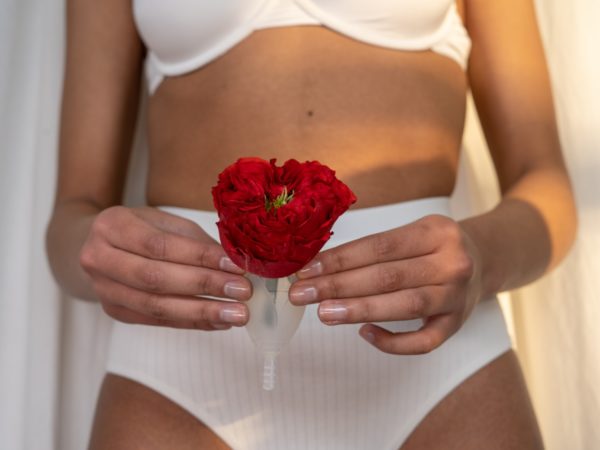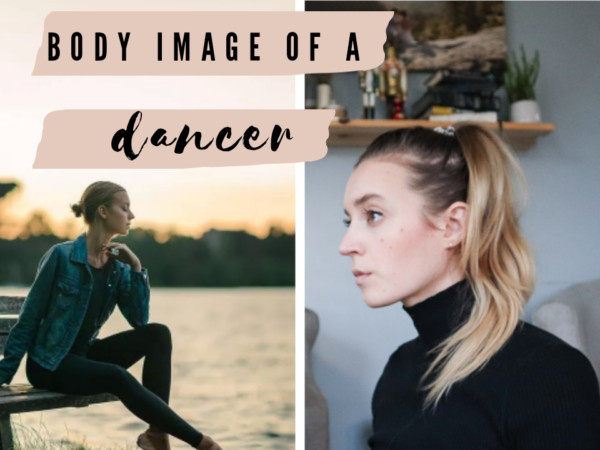photo by Dave Burguess at Studio 616 Photo
Dance is not a stagnant art form. It is continuously moving and breathing. It utilizes the form and athleticism of the human body to create a story and invoke emotion in the viewer. With every movement, every ballet class, and every performance, dancers are continually working to mold and shape their bodies to perfection. But at what cost? We lose the importance of nutrition and body image in dance.
Since dance is a visual art form based on physical ability, dancers are ultimately judged based on the technique and artistry that is displayed through their body. This has led to a culture filled with self criticism, disordered eating, and mental health disorders in dance communities. Whether consciously or unconsciously, dancers try to change the size and shape of their body through sometimes unhealthy measures to fit the desires of their teachers and directors to achieve the “ballet body”.
This negative messaging that dancers receive about nutrition and body image in dance can foster an unhealthy relationship with their body and poor relationship with food at best. At worst, it can induce health complications like eating disorders, injuries, and clinical anxiety and depression. This shifts the focus away from the health and well-being of the dancer and makes way for elitism, abuse, and dancer burn-out. Instead, we should make dance not only an avenue for arts and entertainment, but also a healthy and enriching place to teach dancers about body-awareness, self-care, exploration, nutrition, and so much more
So, how do we change the narrative surrounding nutrition and body image in dance?
Let go of the false narrative that only some bodies can participate in dance. Any body can find joy in movement, whether it is a ballet class or other dance discipline. Period. When we drop the “ballet body” as a requirement to be a dancer, dance becomes enriched by the unique talents that every dancer can bring to the table. It also allows dancers to focus on the craft and artistry of dance and not feelings of self-doubt that they will never be enough because of their body.
Make dancer health a priority. Dance companies and schools need to stop harmful practices like requiring weight on a resume, weighing or measuring dancers, casting based on size, and commenting on a dancer’s body to invoke body shame. Speaking from personal experience, when I was in an environment that encouraged a rigid schedule, food control, and extraneous “training” outside of the studio, I was unhealthy, unhappy, and uninspired. My negative self-esteem and poor relationship with food took years of unlearning before I was really able to grasp my true ability as a dancer.
Bring in professionals who can educate and help dancers. We all have our limits and blind spots, which is why it is so important to have a network of medical and nutritional professionals who can impart their knowledge and expertise on dancer health and wellness. Medical doctors, physical therapists, nutritionists, and counselors who understand the unique struggles that dancers face can help dancers to care for their bodies inside and outside of the studio and foster a healthy body image and relationship with food.
Make the studio a safe space. There are many changes that happen to a dancer’s body, like puberty or an injury, that may make the dancer feel uncomfortable or not as in tune with their body. It is normal for bodies to fluctuate, grow, and change. In fact, this is an absolutely normal process! Several ways we can help dancers through these changes is by allowing dancers to have personal expression in their dancewear, helping dancers to focus on aspects of dance like artistry and musicality, cultivativating a body positive atmosphere in the studio, and encouraging the representation of different body types in the organization.
Encourage a well-rounded, non-restrictive approach to nutrition. Dancers need energy in order to sustain a heavy dance load, build muscle, and recover. A dancer’s body also needs nutrients to be able to amass bone strength, aid in muscle recovery, and keep the body’s many functions up and running. Often, balanced approaches to nutrition are not modeled in dance, which can encourage restrictive and disordered eating. Instead, promoting principles like individuality, listening to hunger cues and cravings, letting go of food rules, and having fun with food can help to encourage a healthy relationship with food. Fuel for dancers can exist in a way that highlights the importance of all macronutrients, emphasizes nutrient dense foods, and also makes space for play foods that are simply there for enjoyment.
Overall, redefining what it means to be a healthy dancer takes time. For so long, dance culture has put so much emphasis on size and appearance that it has taken dancers away from being able to listen to their bodies. There is an opportunity to hold dancer health above aesthetics to not only prolong the career of dancers and decrease injuries but also to help dancers be their healthiest and most confident selves. It starts with showing that strong and healthy dancers can prioritize a healthy body image and relationship with food without diet culture.




